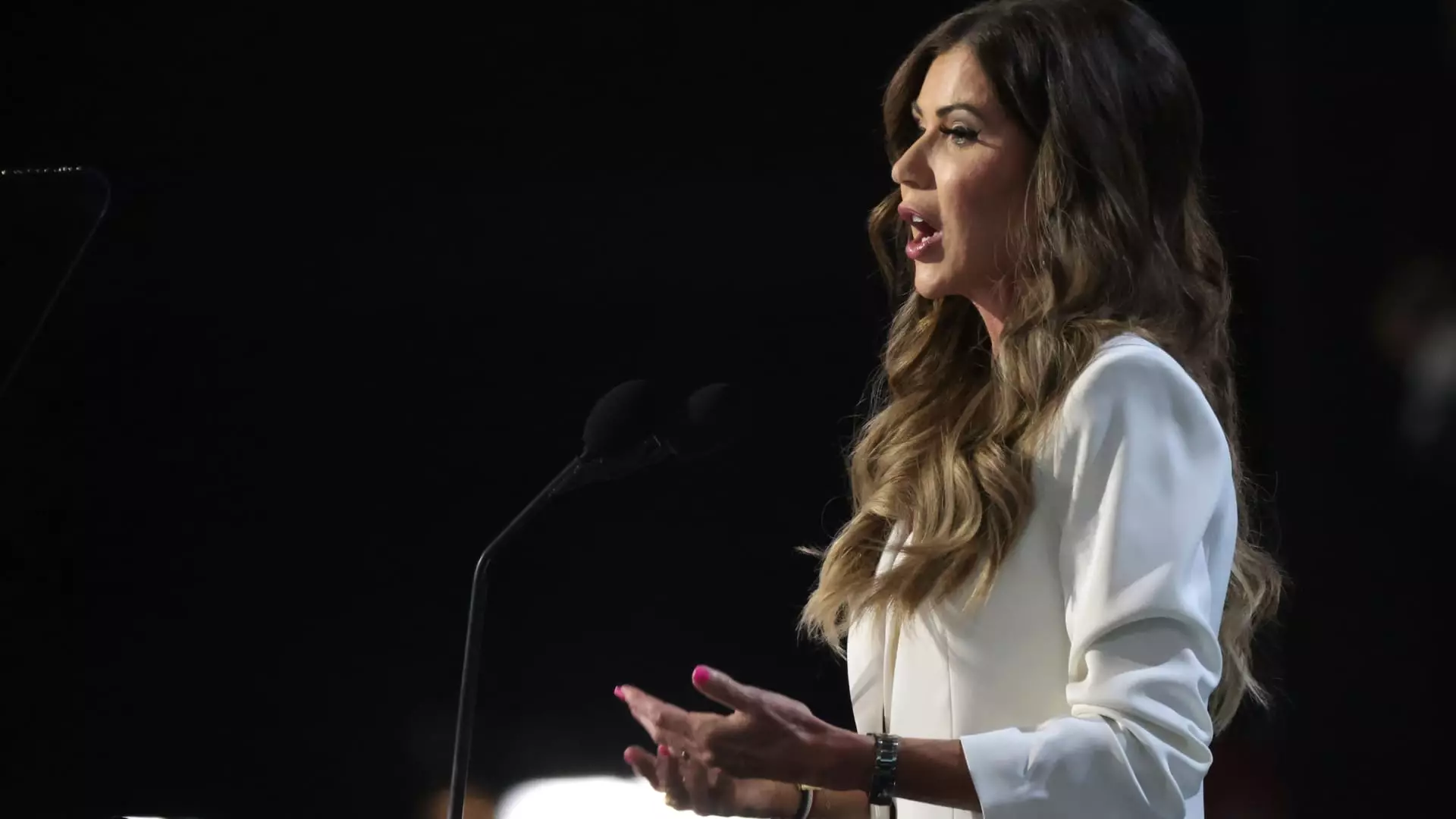State Initiatives to Promote Energy Efficiency: A Closer Look at Home Energy Rebate Programs

The conversation around energy efficiency in the United States is gaining momentum, especially as states respond to federal initiatives designed to mitigate climate change and enhance consumer savings. The implementation and subsequent uptake of these programs have shown variability across the nation, revealing the complexities involved in their design and deployment. This article delves into the newly initiated Home Energy Rebate programs, the challenges faced by states, and the broader implications for energy consumption in American households.
In May 2023, New York made headlines as the pioneer state to roll out a comprehensive energy rebate program, backed by the Inflation Reduction Act (IRA) of 2022. This landmark legislation allocates a staggering $8.8 billion specifically for two rebate programs focusing on Home Efficiency and Home Electrification. These initiatives aim to assist homeowners in upgrading their living spaces, thereby reducing both their utility bills and their carbon footprints. With rebates potentially reaching up to $8,000 and $14,000, the incentives offered are robust, but they come with conditions.
As other states, including Arizona, Maine, New Mexico, Rhode Island, and Wisconsin, began launching their rebate programs, it became apparent that eligibility criteria would vary significantly. These criteria often hinge on household income and the potential energy savings of a residence. Such disparities underscore the need for tailored approaches to meet local energy needs, an aspect that will be elaborated upon later.
In sharp contrast to the momentum observed in various states, South Dakota has emerged as a notable outlier. In August 2023, the state declined to accept federal funding associated with the IRA’s rebate programs, a decision that raised eyebrows across the nation. Commissioner Jim Terwilliger expressed concerns regarding the appropriateness of implementing such programs in the state, stating that the administrative burden and associated costs were not justifiable.
This reluctance taps into a broader narrative of skepticism regarding federal intervention in state governance, particularly when it comes to climate initiatives like the Green New Deal. Critics argue that this aversion limits opportunities for consumers to take advantage of financial incentives aimed at climate action and energy savings. While ideals around energy efficiency mass-market promotions often align with more liberal stances, some states are holding firm to their conservative values by rejecting what they see as federal overreach.
The setup and rollout of rebate programs present a considerable challenge for state governments. The Department of Energy (DOE) acknowledges that the intricacies of these programs require extensive coordination and time. Each state must navigate its own regulatory landscape and operational framework, leading to a varied timeline for program implementation. While 26 states and Washington D.C. have collectively applied for $4 billion in funds, the process remains uneven and often extended.
A well-planned program takes into account not just the available funds but also consumer awareness and usage. Moreover, the notion of rolling out the rebates at the point of sale adds another layer of complexity. Customers need straightforward procedures to claim these rebates during appliance purchases, demanding clear guidance from local energy departments.
Despite South Dakota’s refusal, the ongoing rollout in other states suggests a growing recognition of the benefits of energy efficiency. States like New Mexico are already paving the way by providing specific and actionable rates for various upgrades, which, in turn, furthers the goal of reducing overall energy consumption. A wide range of rebates aimed at different upgrades, from insulation to electric heat pumps, showcases the eagerness to engage households in investing in sustainable solutions.
Additionally, the fluid nature of these programs means they will likely evolve. For instance, initial cautiousness from states like Florida, which previously turned down funds, has now transformed into a commitment to launch rebate programs by 2025. Such developments signify increasing acknowledgment of climate policies amidst competing local interests and challenges.
As rebate programs continue to roll out, consumers play a crucial role in the transition towards energy efficiency. Not only must they become aware of the available rebates, but they also need to actively participate by upgrading systems and appliances that contribute to energy wastage. Given the potential cost reductions and environmental benefits, the time is ripe for consumers to take initiative.
It’s vital that households don’t delay making energy-efficient upgrades. Even if a state has not launched its specific rebate program, there are alternative federal programs, tax credits, and local initiatives that can offer support. The DOE encourages homeowners to explore these avenues as they seek to embrace sustainable practices in their everyday lives.
While the ongoing debates around energy efficiency reveal varied state responses, the movement towards greener policies is gaining ground nationwide. The challenges inherent in these initiatives must be navigated thoughtfully to capitalize on the significant benefits that energy-efficient homes can offer both consumers and the environment. The path is intricate, but the potential rewards are substantial—making it an essential journey for all involved.





